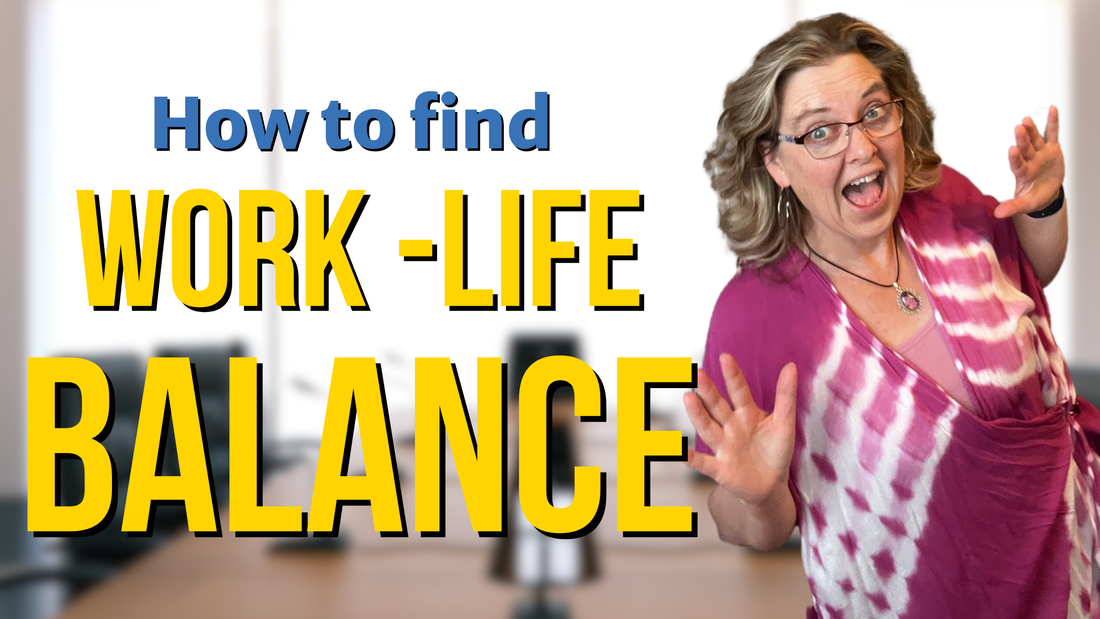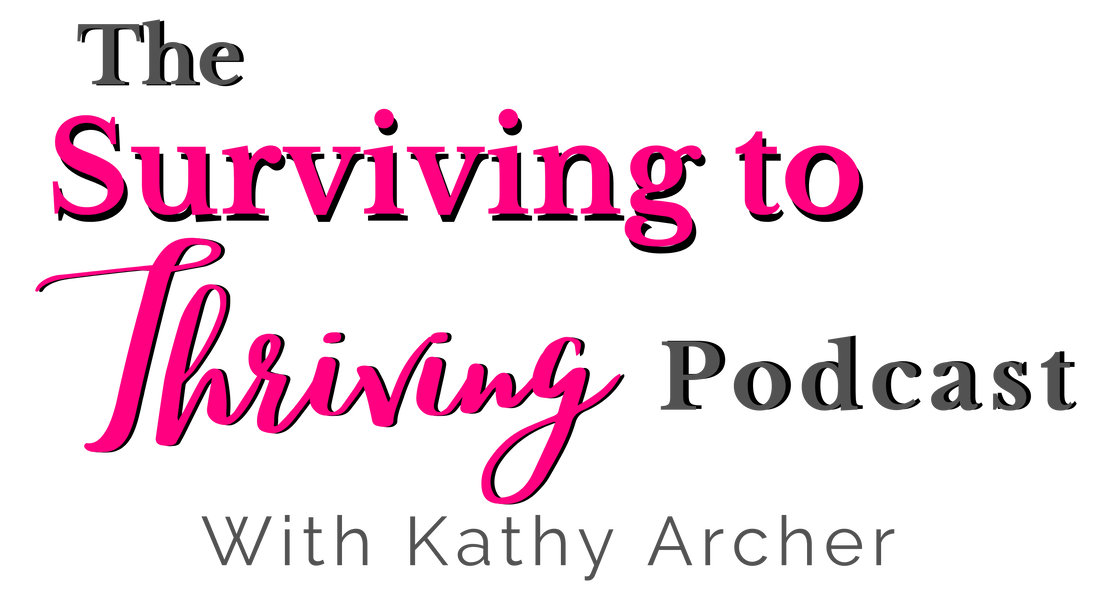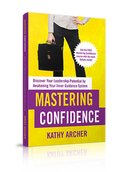|
Stop striving for work-life balance. It doesn't exist. Nor should it. Balance is nothing more than society's way of laying guilt on working women. Cindy was seeing her kids for less than an hour a day She arrived home and spent only a brief time with them before apologetically tucking them into bed. Each night, she vowed silently to change things. It was the same promise she'd whispered to herself for months. But the work demands were strong. Cindy tried to make up for it on weekends Cindy found herself exhausted and with little patience left. Most of what she had for energy, focus and compassion was used up in the day-to-day grind at the office. Cindy craved balance. She wanted to divide her time between work and home and not have them interfere with each other. Yet she could never find a way to do that. Work-Life Balance doesn't work That is because there isn't a way. You are not alone if you, like Cindy, have wondered how to juggle everything better to find more harmony in your days. Women are tugged at constantly Working women, especially leaders, feel pulled in all directions. It's not just work and kids. You also know you need to pay attention to your health and well-being. Likely you have some community groups that you feel a responsibility to. Your marriage, parents, and renovation projects all scream for their share of your priceless time. Dividing things equally is impossible The point is that it is impossible to equally divide your calendar and your energy to each task or area in your life. You can't spend 1.75 hours with your kids, 8 hours at work and…you get the point. There are weeks that you must work more than 40 hours, in fact, a lot more. But, just the same, there are times when your family requires more attention. How do you find more alignment without the guilt? The solution The answer has been presented in The One Thing by Gary Keller and Jay Papasan. They call it counterbalancing. There are some key things to know about this strategy. Identify priorities Priorities are the things we need to focus on. Everything else must be put on the back burner when we focus on that priority. This recognizes that we can't answer the phone when working on a report that you ranked at the top of your list. It also means we shouldn't be reading emails at the supper table. Prioritizing goes deeper than that In our work days, we chase everyone else's priorities. As a result, often, our own meaningful work never gets done. For example, many indicate relationships are key. Yet, we may plan to talk to an employee for days but have yet to get to that conversation. Prioritizing isn't about ordering the tasks on our to-do list It is about looking within and determining why we do our work. Then, it is about looking at the bigger picture and having a vision for how to get there. Another great resource on how to do this is the book Essentialism by Greg McKowen. Lean way out Counterbalancing recognizes we can't always walk along a path that is straight. There is no state of being completely balanced. We are constantly in motion. The approach is to sway back and forth. We will need to lean heavily into work some days. Other times life will draw us strongly into it. Let yourself lean When you allow yourself to lean in or out fully, you will find more enjoyment and meaning in what you are doing. Imagine being on a beautiful Caribbean holiday and checking your email. That sucks, right? Now imagine being on that same beach, completely shut off from work and simply soaking up the sun. You would find a more gratifying experience. Stop feeling guilty The same is true in projects at work. For example, you aren't completely focused on the task if you feel guilty about missing supper. Therefore you won't be doing your best work, and it will take longer. It takes a bit of getting used to Keller and Papasan acknowledge it can be bumpy. However, when we put our focused attention on a priority, it means we are going to lean away from other things. When you put time and attention towards these priorities, naturally, it will take the focus away from other things. This will put things out of balance, which is okay if done for the right amount of time. Engage in Counterbalancing The key is for the right amount of time. Leaning way out isn't bad. In addition to a particular work project, your health and your family are priorities. If you stay at the office until 6 pm, it's not the end of the world. Counterbalancing the long day is when you head to the gym after. You further counterbalance when you immerse yourself in reading to your child at bedtime, fully present to him and the story, and leave your cell phone in a different room. Think of counterbalancing as your umbrella Tightrope walkers carry something to counterbalance them. They have a weight that pulls them back the other way. Your weight is your other priorities. It might be your health or family. By identifying it as a priority and then giving fully there, too, you will find more of the sway back and forth, just as anyone who appears truly balanced is doing. When you are out of balance, ask yourself two questions: 1) Am I currently focusing on my priorities or someone else's? If you are focusing on someone else's, can you stop? Yes, you have a job to do. But are you doing someone else's work because they didn't do it? Are you chasing the stats that you have sent already? Are you solving a problem that staff can solve themselves? Are you having a conversation that might become a non-issue if left alone for a couple of hours? If so, step back, pivot and move toward your priorities. 2) What can I do to counterbalance the effort, time and energy put in here to pull me back toward my other key priorities in life? We each have an internal bucket that only has so much within it. Everything continually dips out of that bucket. Conversations drain us. Work exhausted us. Chasing appointments, kid's activities and a mile-long to-do list deplete our reserves. What puts back into your bucket? It might be a massage, reading a book, having coffee with a friend or quality time with your family. Do something to put back into your bucket. Counterbalancing can save your life Getting good at swaying back and forth will be the trick to being able to "do it all." But you must not get stuck on one side for too long. Know all of your priorities. Acknowledge that your umbrella is there to support you. Rather than freaking out, you will find a more controlled and comfortable sway back and forth. And while it may look to the naked eye that you are in balance, you will know you just got good at counterbalancing. Life-changing homework: Take a moment to write down your top 3 priorities in life and your top 3 priorities at work. Put the list of priorities somewhere that you can see them often. Then, when you are out of balance, look to them to get back on track.
0 Comments
Your comment will be posted after it is approved.
Leave a Reply. |

Available on Amazon
Archives
May 2024
|
|
Leadership TRAINING for Nonprofit Leaders
Become a confident and competent nonprofit Leader: Join The Training Library membership Executive and Leadership COACHING Leadership Coaching for Nonprofit Executives, Leaders and ManagerCoaching |
PODCAST for Nonprofit Leaders
The Surviving to Thriving podcast: Strategies, systems and support to lead your nonprofit with confidence FREE RESOURCES to Grow your Leadership Skills Free Leadership Training Resources, Worksheets and Templates |
Become a CONFIDENT LEADER
|




 RSS Feed
RSS Feed
